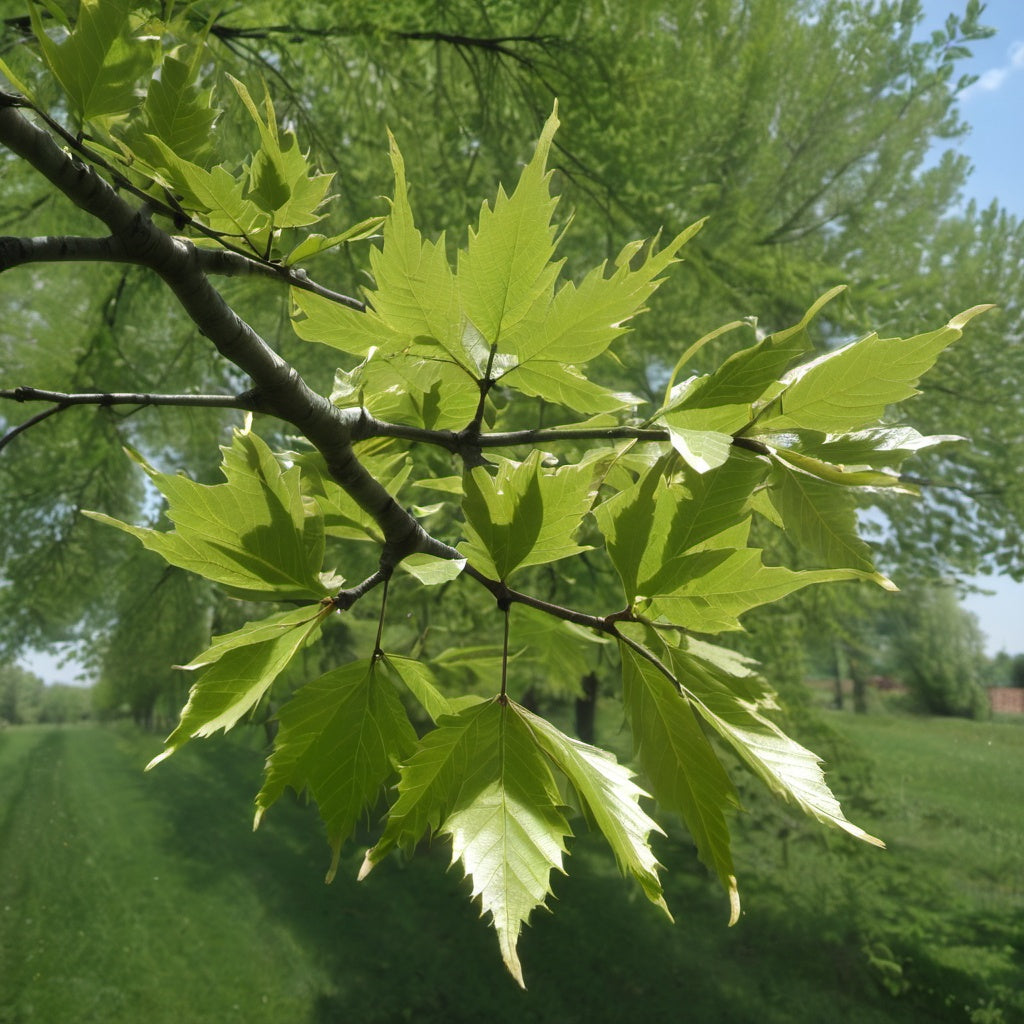Korean Hornbeam Tree Seeds
Korean Hornbeam Tree Seeds
Couldn't load pickup availability
Korean Hornbeam Tree Seeds
(Carpinus turczaninowii)
Carpinus turczaninowii, also known as Korean hornbeam or Turczaninow's hornbeam, is a deciduous tree native to East Asia, including Korea, China, and Japan. It belongs to the Betulaceae family and is particularly noted for its small, compact size and attractive foliage, which makes it popular in horticulture, especially for bonsai cultivation.
Key Characteristics:
- Size: Typically a small to medium-sized tree, it can reach heights of about 5 to 10 meters (16 to 33 feet). Its small size and slow growth make it ideal for small gardens or as an ornamental tree.
- Leaves: The leaves are oval, serrated, and dark green, measuring about 3–7 cm long. In autumn, they turn beautiful shades of yellow, orange, and red.
- Flowers and Fruits: The tree produces small, inconspicuous flowers in spring. The fruits are small, ribbed nutlets surrounded by leafy bracts that persist into winter.
- Bark: The bark is smooth and gray, becoming slightly furrowed with age. It adds texture and visual interest throughout the year.
- Habitat: The Korean Hornbeam tree prefers well-drained soils and can tolerate a range of conditions, including partial shade. It is well-suited to temperate climates and is resistant to many pests and diseases.
Uses:
- Ornamental: Widely used in landscaping and as an ornamental tree due to its attractive foliage and form.
- Bonsai: Highly valued in the bonsai community for its ability to be trained into intricate shapes and its tolerance of pruning.
- Wood: The wood is hard and dense, although it's not commonly used in large-scale commercial applications.
Overall, the Korean Hornbeam tree is prized for its beauty and versatility in gardens and bonsai artistry.
Zones: 5 to 8
Germination Range: 50-70%
Stratification Requirement: Seed requires 30-60 days warm stratification followed by 60-120 days cold stratification.
Planting Instructions:
Soak the seeds in water for 24 hours. After soaking, the seeds should be stratified by placing them in a moist medium like seed starting mix. Put the seeds in a plastic container and place the container on a heat seedling mat 24 hours a day for 30-60 days. After the warm stratification period is over, place the moist seed/soil mixture in a ziplock bag, and store in your refrigerator at a temperature of around 1-5°C (34-41°F) for 60 to 120 days. This cold period is crucial for breaking the seeds’ dormancy.
Once the stratification period is complete, prepare a well-drained, loamy soil in seed trays or pots. Plant the seeds about 1/8 inch (3 mm) deep, lightly covering them with soil. Water the soil gently but thoroughly, keeping it consistently moist but not waterlogged. Place the trays in a warm, sunny location with temperatures between 18-24°C (65-75°F) to encourage germination, which may take several weeks or even months.
After the seedlings emerge, continue to keep the soil moist and gradually acclimate the young plants to outdoor conditions by exposing them to sunlight in small increments. When the seedlings are sturdy enough, typically after one growing season, they can be transplanted to a permanent location in the garden or landscape. Choose a site with partial shade to full sun and well-drained soil to ensure the best growing conditions for Korean Hornbeam trees.
Share


